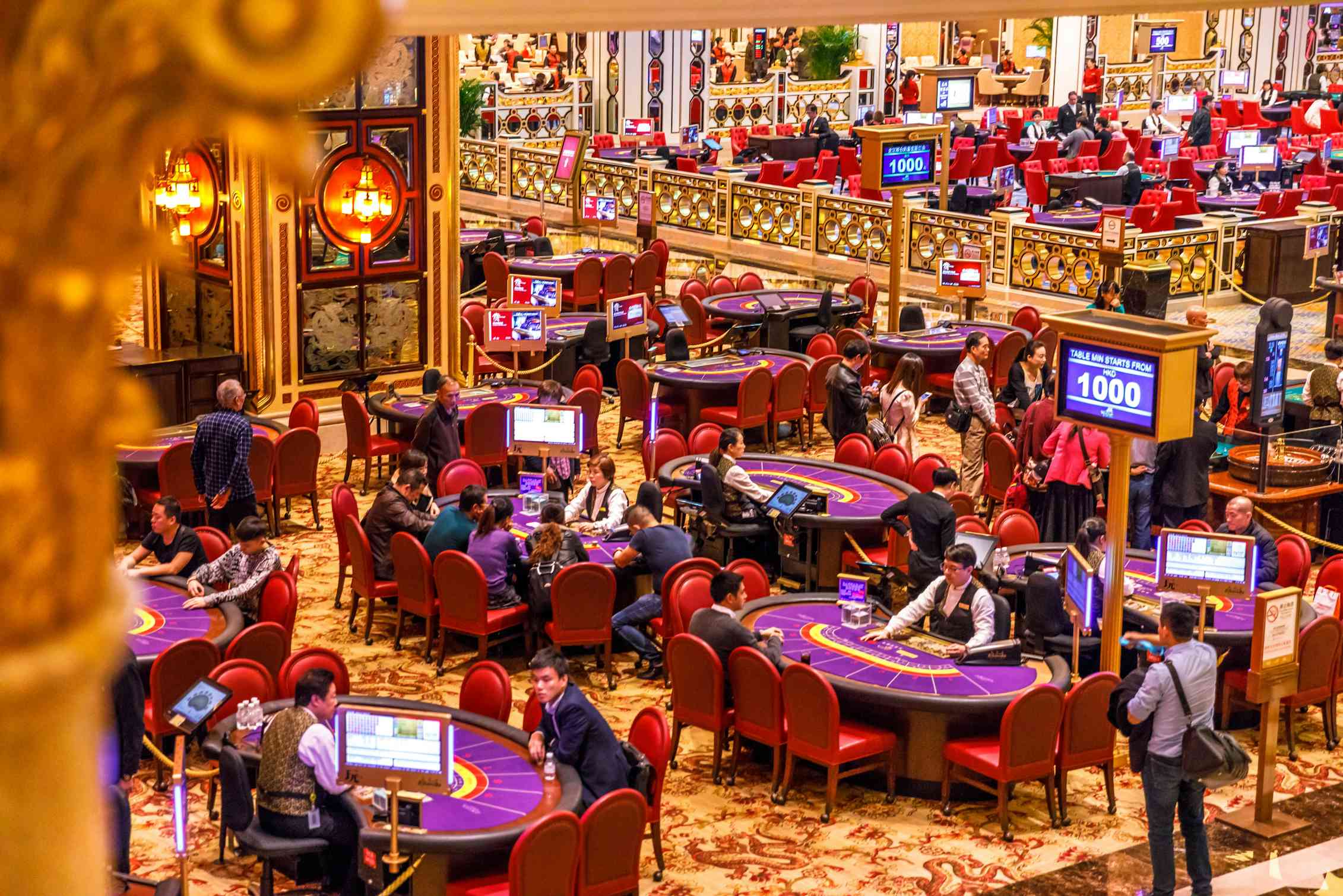
Within the dynamic and stimulating world of gaming establishments, wherein fortune and strategy intertwine, hues and design play a key role in drawing in players. As soon as players step inside a casino or log into a gaming platform, they are immersed in a visual feast that captures their attention and entices them to discover more. Bright colors, engaging graphics, and innovative layouts are carefully crafted to create an environment of excitement and expectation, ultimately improving the gaming encounter.
While players navigate through the ever-changing landscape of casino games, they encounter a range of designs that not only serve aesthetic purposes but also affect feelings and choices. Hues like red and gold symbolize wealth and fortune, while soothing blues and greens can create a much relaxed environment. Understanding how these elements function together enables casinos to create an inviting and energizing atmosphere that encourages players to interact with the games, invest additional time at the tables, and boost their overall enjoyment.
The Study of Tint in Gaming Establishments
Color plays a critical role in the creation of casino games, affecting players’ emotional states and responses. Bright and bold colors, such as red and gold, are often used to ignite thrill and capture attention. These colors create a sense of immediacy and vitality, encouraging players to engage more readily with the activity. By thoughtfully selecting tints, designers aim to evoke feelings of satisfaction and excitement, which can enhance the complete gaming experience.
Different colors also have psychological associations that can influence how gamblers perceive their odds of winning. For example, green is often associated with fortune and wealth, making it a popular choice in activities like roulette and poker setups. This connection can result gamblers to feel more optimistic and confident in their play, ultimately encouraging them to bet more. Comprehending these associations allows game creators to create environments that enhance player satisfaction and retention.
Moreover, the layout of gaming interfaces often utilizes blended colors and opposing hues to instruct players’ actions. For case, winning combinations may be emphasized with striking, contrasting shades, creating a visual incentive. bắn cá mmlive This technique supports positive outcomes and promotes repeated engagement. By utilizing the psychology of color, gaming venues can design activities that not only captivate gamblers but also hold them engaged and committed in their game experience. mmlive
Design Elements that Attract Gamers
The visual appeal of gambling games is primarily influenced by the use of bold colors. Lively and contrasting colors are strategically chosen to create an appealing atmosphere that captures interest. For instance, reds and golds often signify luck and wealth, which is why they are prevalent in the palettes of gaming machines and game surfaces. These colors not only draw players in, but they also evoke emotions related to excitement and expectation, enhancing the overall gaming experience.
In addition to color, the aesthetic and organization of gambling games play a significant role in captivating players. Games are designed to be intuitive, ensuring that players can easily understand the rules and gameplay. User-friendly interfaces, along with captivating graphics and animations, help maintain player interest and promote longer play sessions. The tactile elements, such as the feel of the buttons and the sounds of the games, also contribute to a comprehensive sensory experience that keeps players engaged.
In conclusion, conceptual elements in game design can significantly influence gaming decisions. Many gambling games are inspired by popular culture, myths, or adventure themes, incorporating symbols and characters that connect with players. These themes create a sense of immersion and connection, making each game feel distinct. When players feel a connection to the theme, they are more likely to opt for that game over others, leading to increased participation and enthusiasm within the casino environment.
Case Studies: Effective Casino Slot Designs
One prime example of effective gambling game design is the well-known slot machine series themed around hit movies. Games such as those based on the The Wizard of Oz and Game of thrones utilize dynamic colors and high-quality graphics to immerse players in well-known narratives. The employment of moving visuals and entertaining sound effects grabs the interest of players, establishing an emotional connection to the theme. This tactic not only promotes longer play but also enhances the overall gaming experience, leading to increased player retention.
Another effective case is the use of color psychology in table games like 21 and the wheel. Casinos often create these games with dark reds and greens, colors traditionally linked with luck and wealth. For instance, the green felt on a 21 table provides a soothing effect, while the crimson accents in roulette invite thrill. This thoughtful use of color helps to establish an inviting atmosphere that encourages players to engage, addressing their psychological impulses and increasing their enjoyment.
Finally, online casino games that incorporate community features and lively, colorful designs have experienced remarkable success in engaging players. Games like Zynga Poker and Slot-O-Mania leverage striking colors and playful animations to create an inviting online environment. The inclusion of leaderboards, social sharing options, and in-game rewards fosters competition and community, pulling players in for longer sessions. Such designs not just make the games visually appealing but also highlight social interaction, a vital factor in player retention and engagement within online casino environments.
